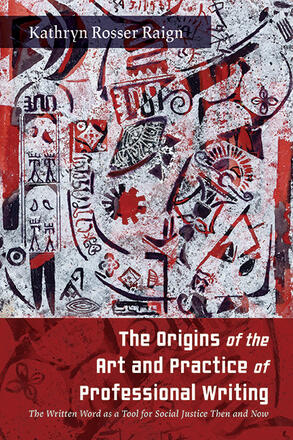
The Origins of the Art and Practice of Professional Writing
The Written Word as a Tool for Social Justice Then and Now
Alternative formats available from:
Explores the origins of written communication to offer a counter-history to the separation of rhetoric/composition and technical/professional communication
Description
The Origins of the Art and Practice of Professional Writing addresses the classic divide in teaching written skills between rhetoric/composition and technical/professional communication (TPC). It explores a body of texts that were created earlier than any yet identified by either field: ancient Mesopotamian documents, produced in the eighth century BCE. The book debunks two myths: it shows that rhetoric was practiced consciously and taught systematically long before the Greek civilization existed; and because a large swathe of the public, while not fully literate, had access to the services of scribes, not just men, but women, merchants, and even slaves utilized writing as a tool for social justice. From their earliest writings, humans consciously applied principles of persuasion to the documents that they produced. Rather than being two distinct fields, rhetoric and professional communication are intertwined in their histories.
Kathryn Rosser Raign is Associate Professor of English at the University of North Texas. She is the coauthor of Write and Communicate Like a Professional and coauthor of Writing for Result.
Reviews
"Broadens not only our understanding of the origins of writing and communicating for technical purposes, but the significant role women played in this development as among the first professional writers. The study of the ancient Mesopotamian school for scribes is a way to understand one counter-history of writing centers and classrooms—and will help to erase the artificial barrier that has been erected between them." — Jennifer Phillips-Denny, Write Site, Texas Woman's University